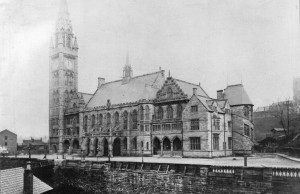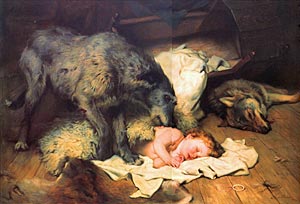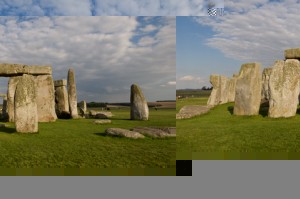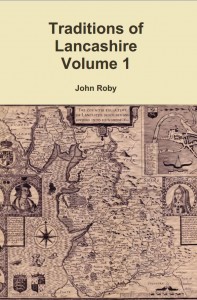Rochdale Town Hall Fire
Rochdale Town Hall, is a fine example of gothic revival architecture and home to some of the best modern stained glass in the world. The grandeur of this building was such that according to local legend, Hitler had plans to take the building stone by stone back to Germany if he won the war. This is also supposedly the reason why Rochdale, despite it’s industry, escaped pretty much unscathed during the German bombings.
A competition was held to produce a design for the building which was won by William Henry Crossland. Work started in 1866 on the site of an abandoned 17th Century mansion and was completed five years later at a cost of £160,000 (eight times the original budget, and a remarkable sum for a town the size of Rochdale.) the work was so costly that to this day some of the internal decoration remains unfinished.
But what visitors to the town may not know is that the building you see today is different from the original.
The original clock tower was 134 feet high and had a 106 foot wooden spire richly gilded and surmounted by figures of Saint George and the Dragon.




